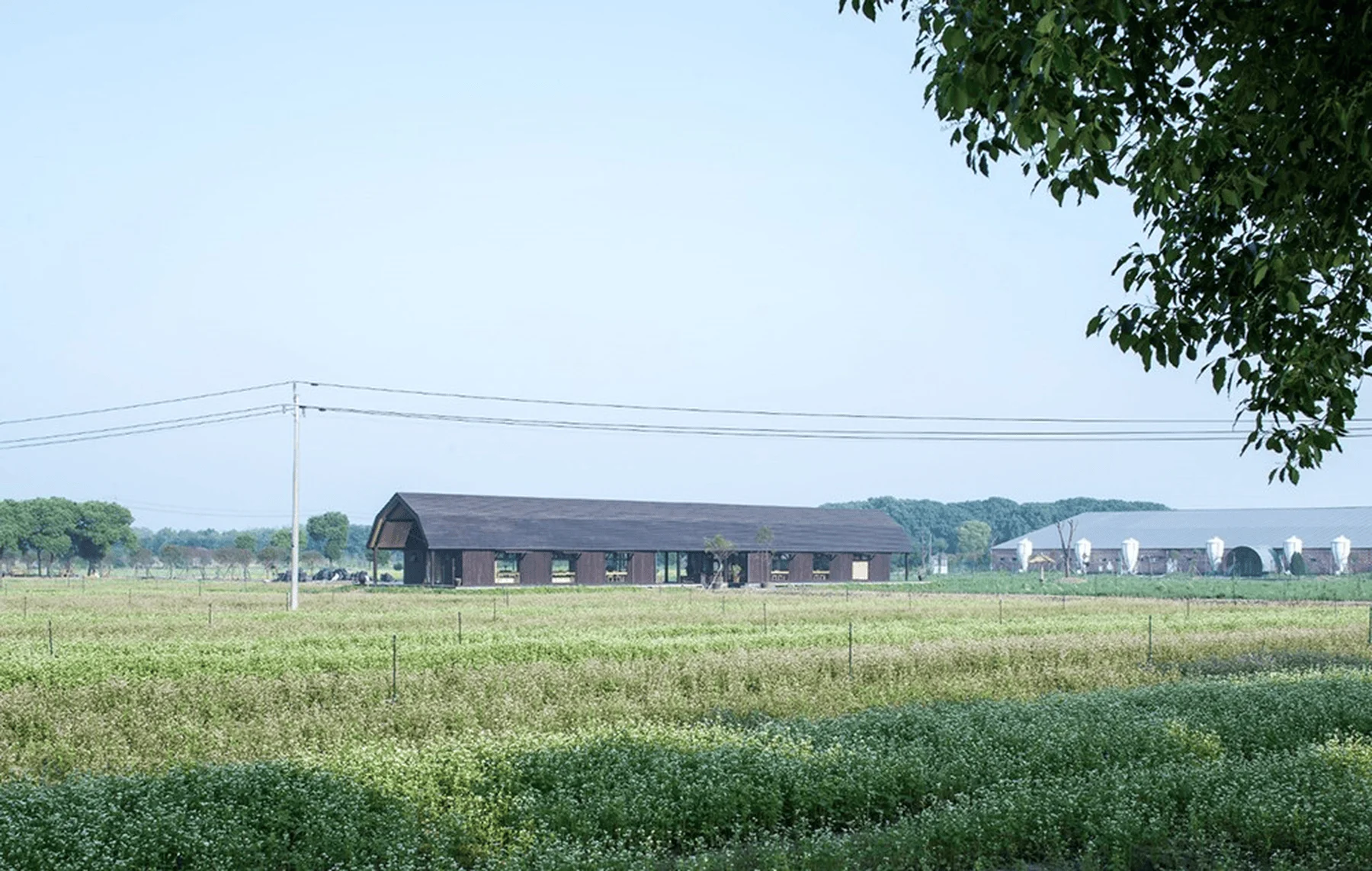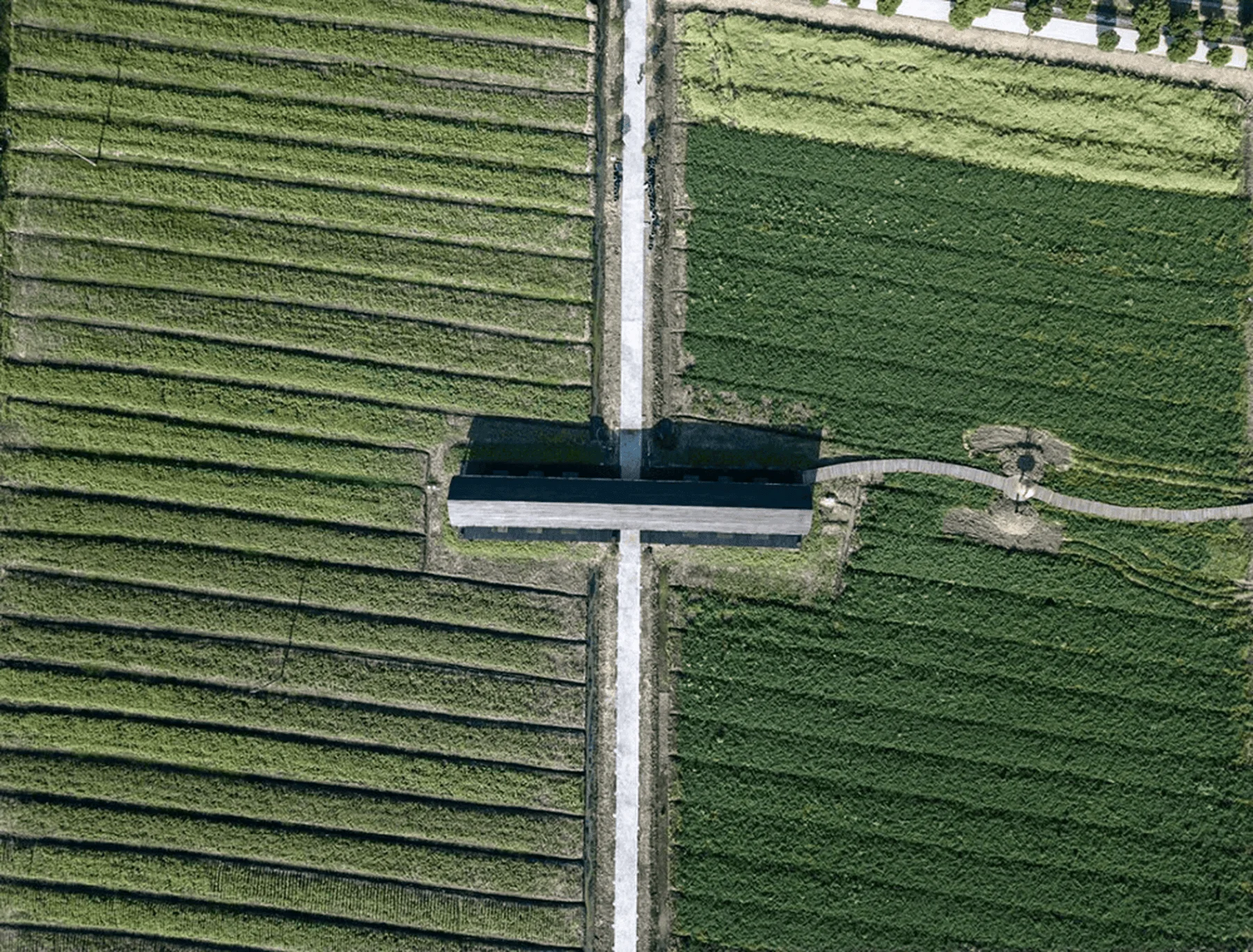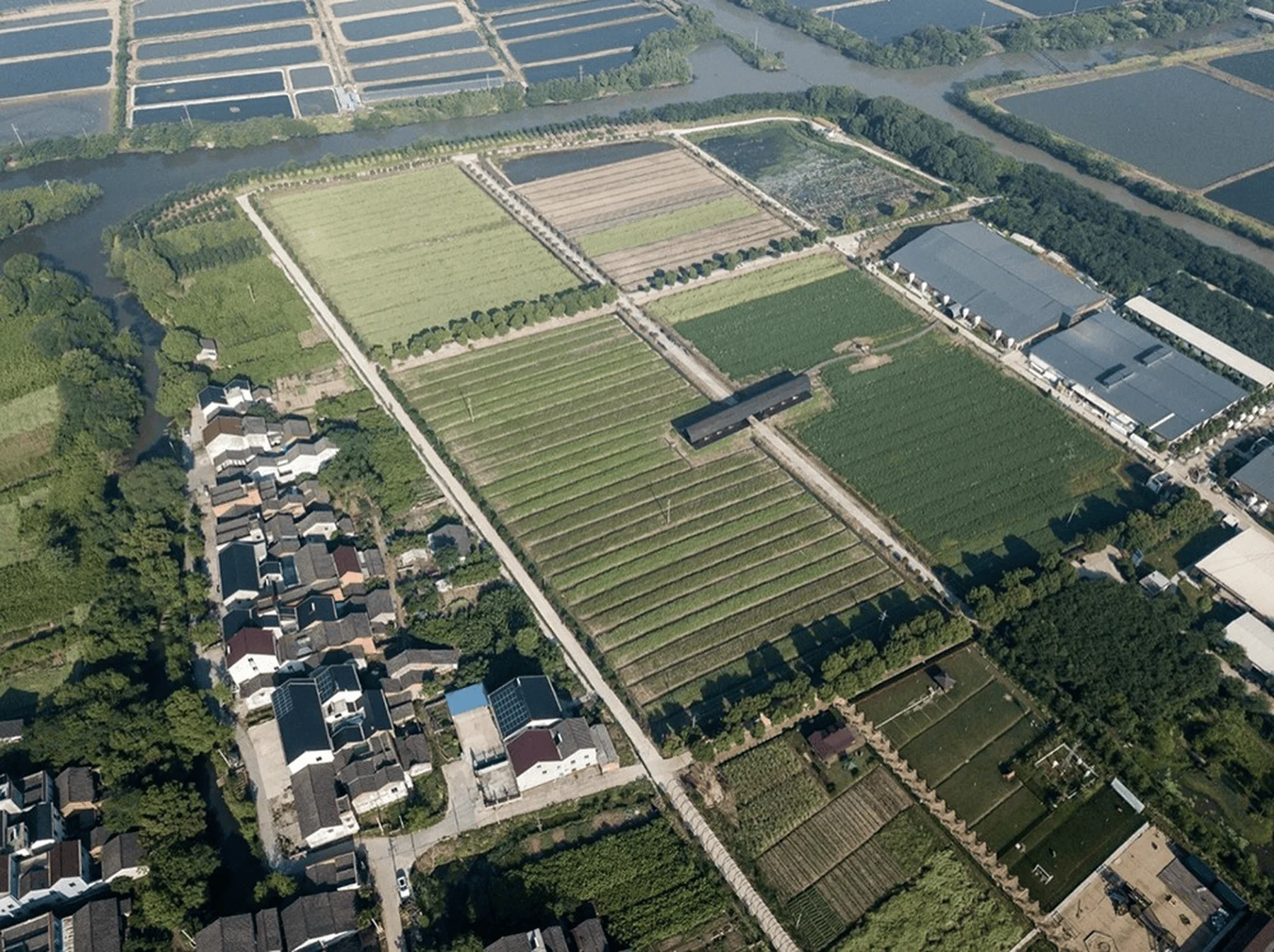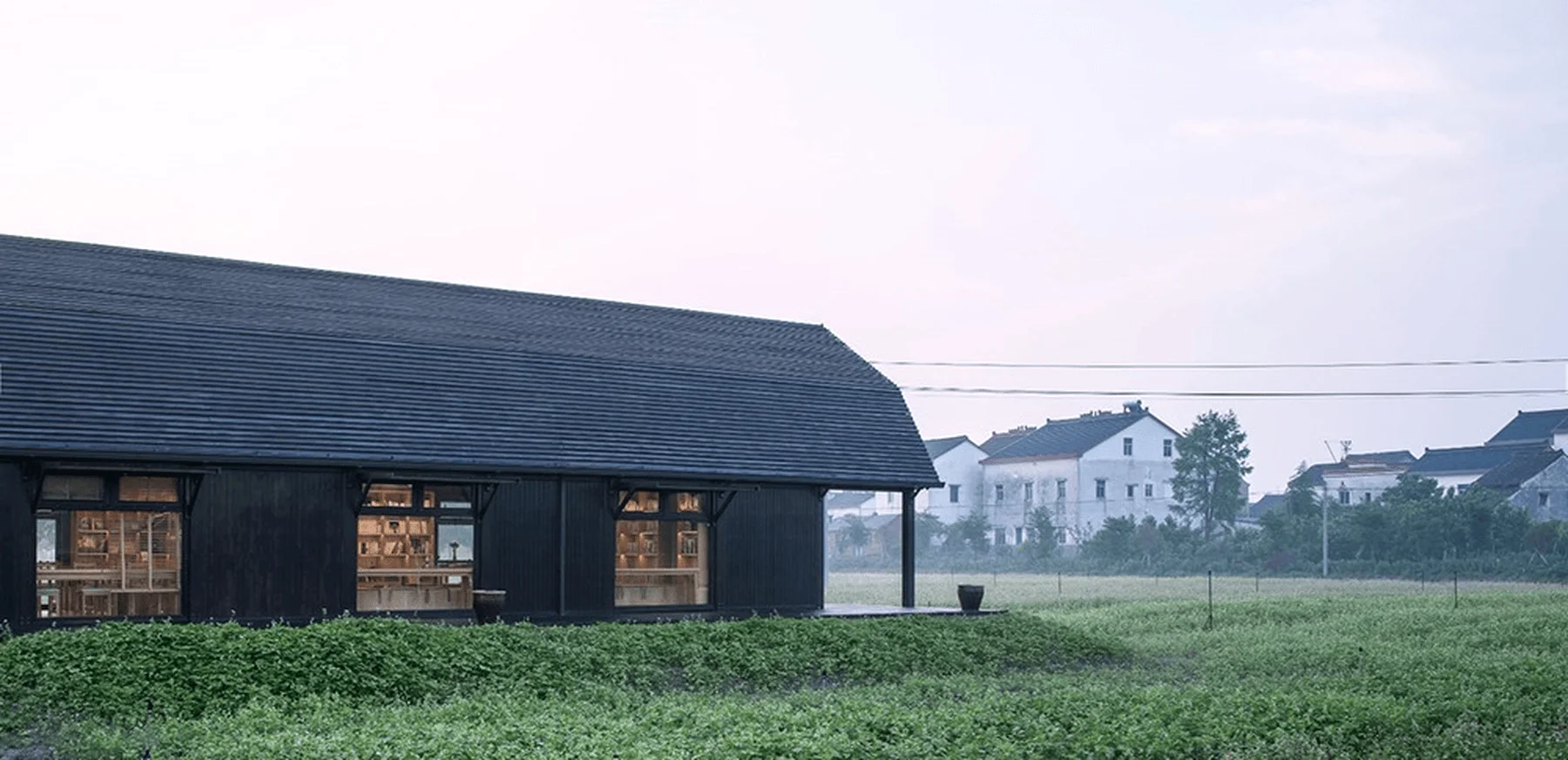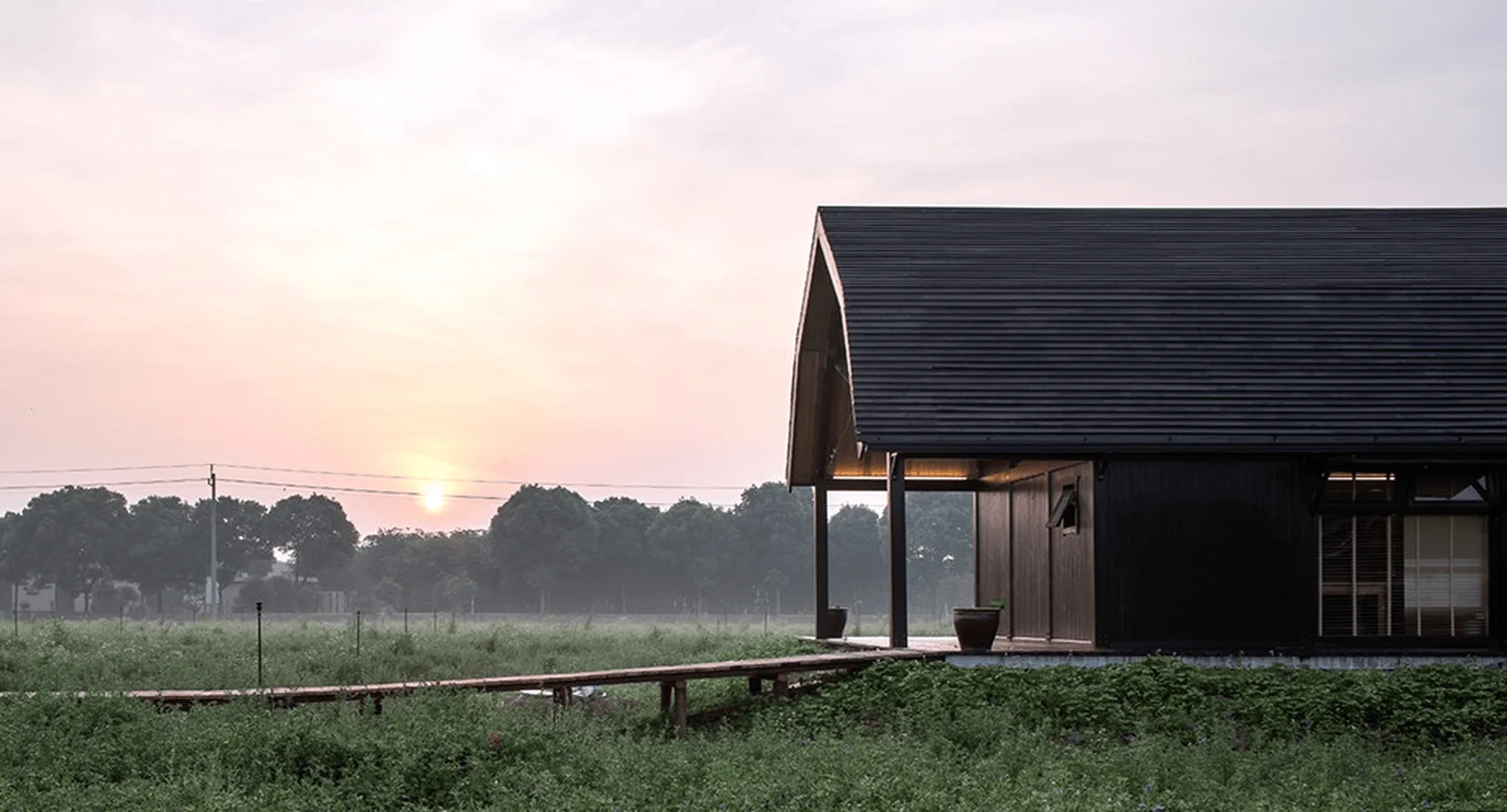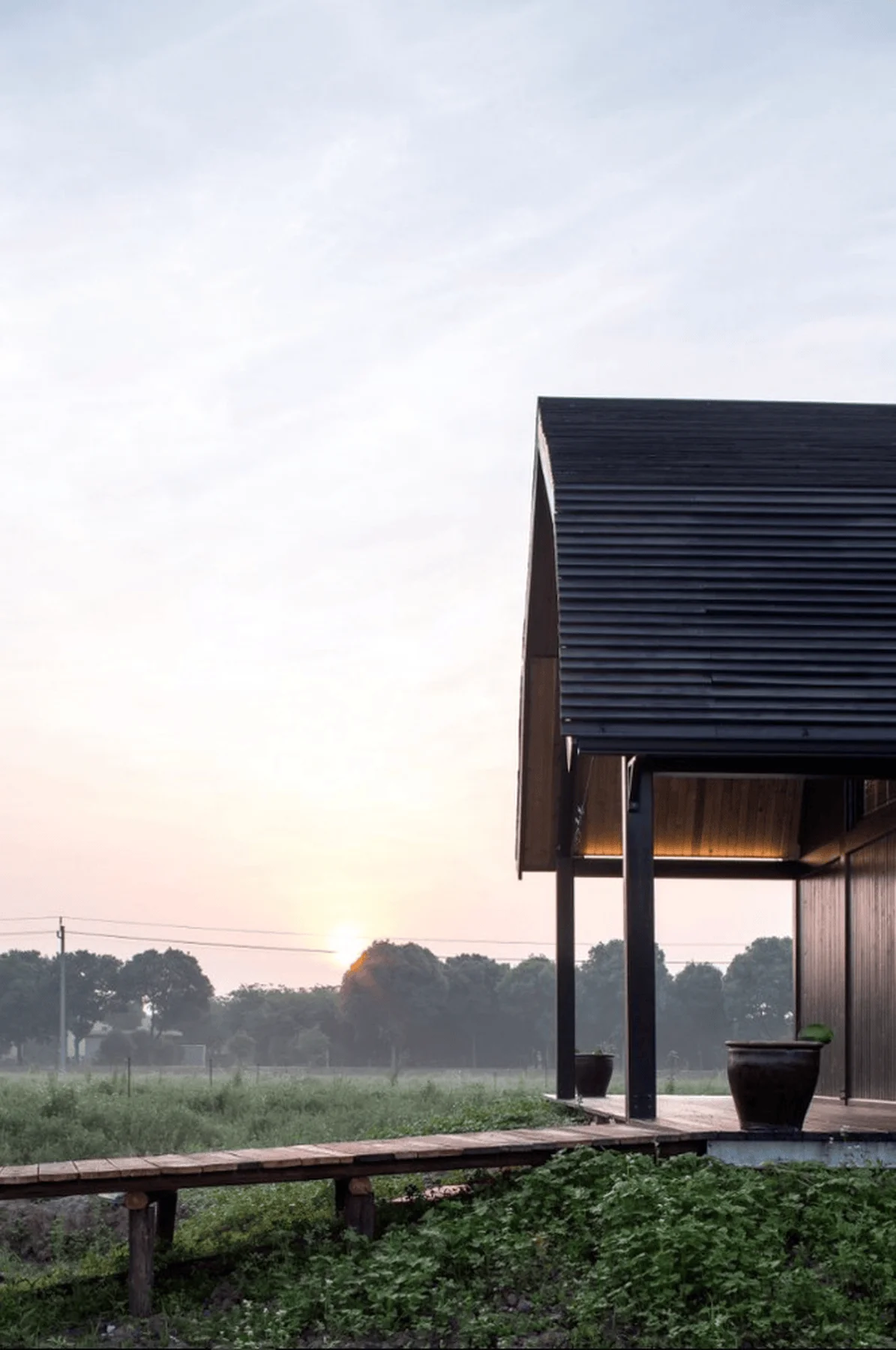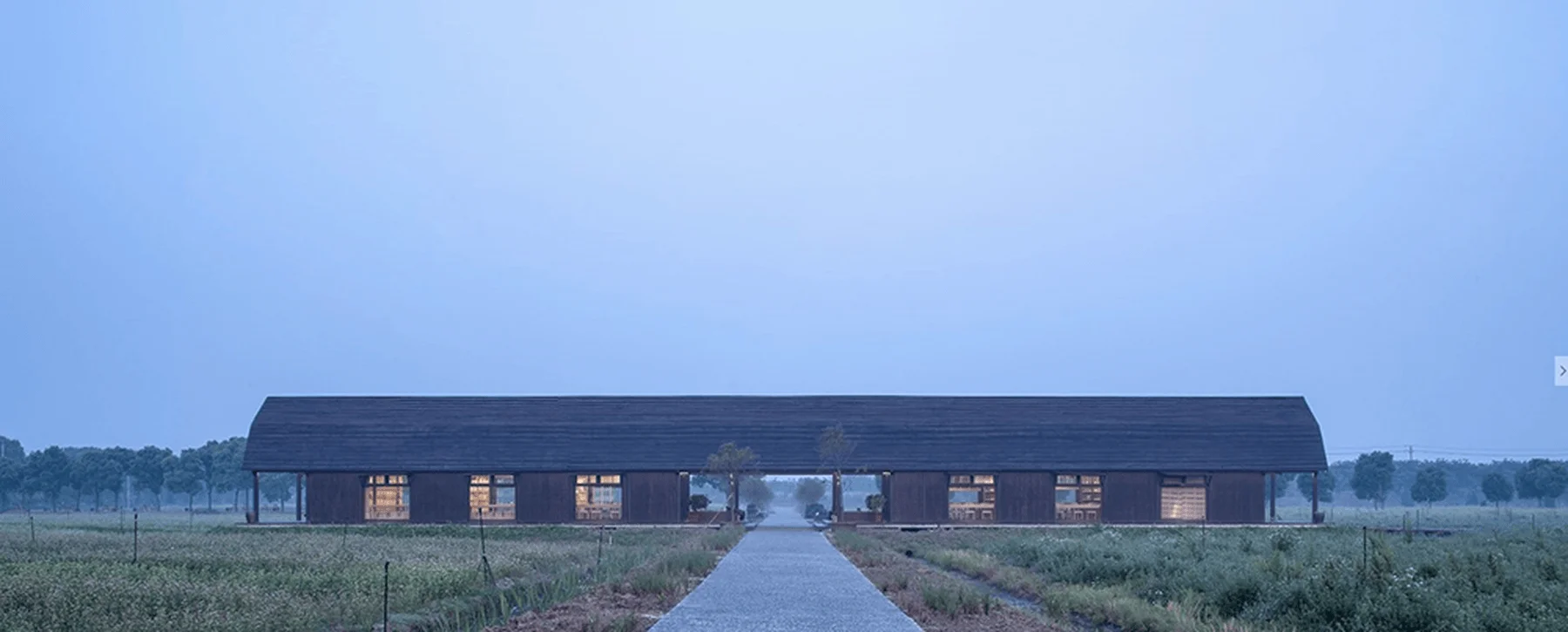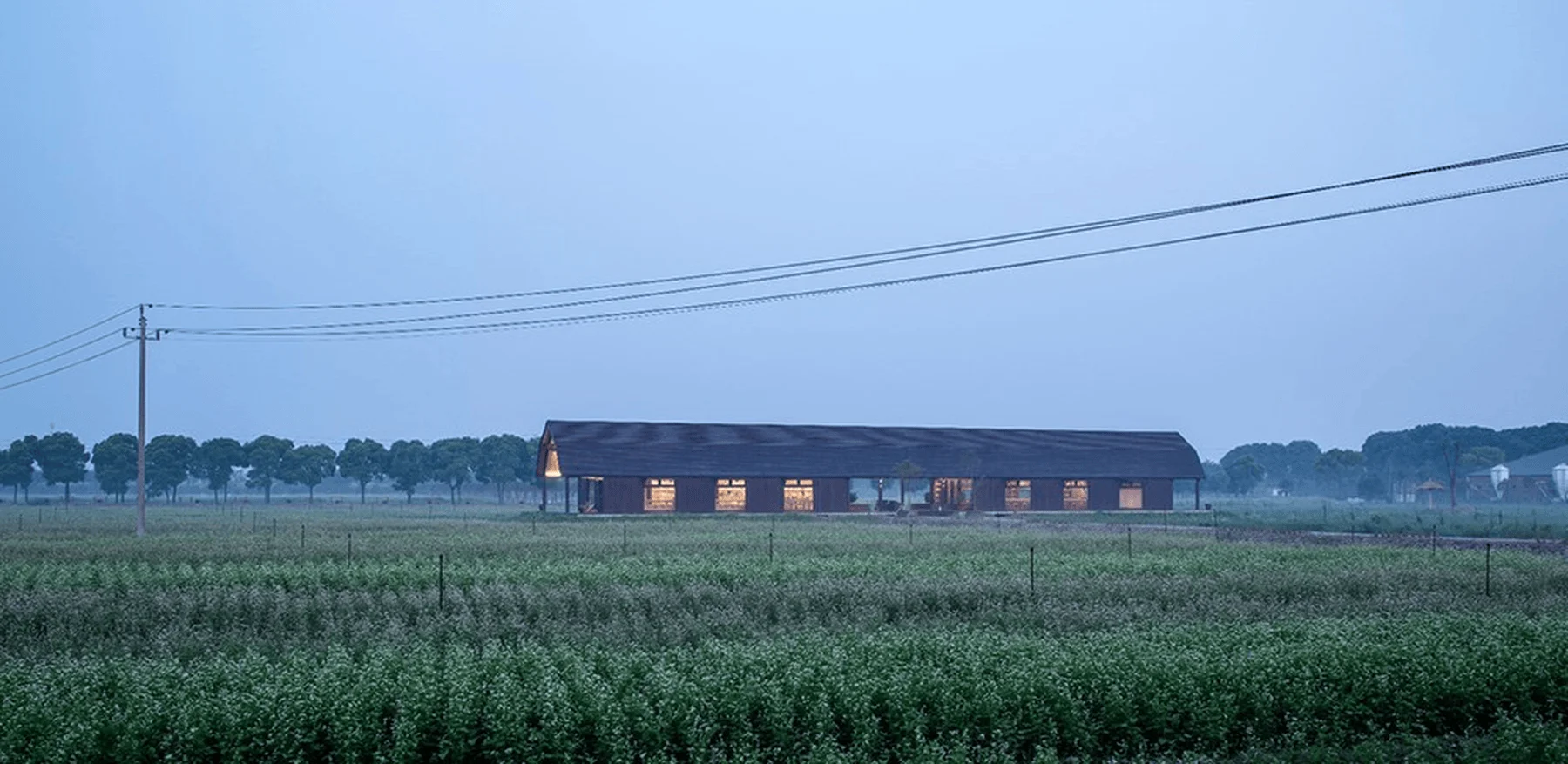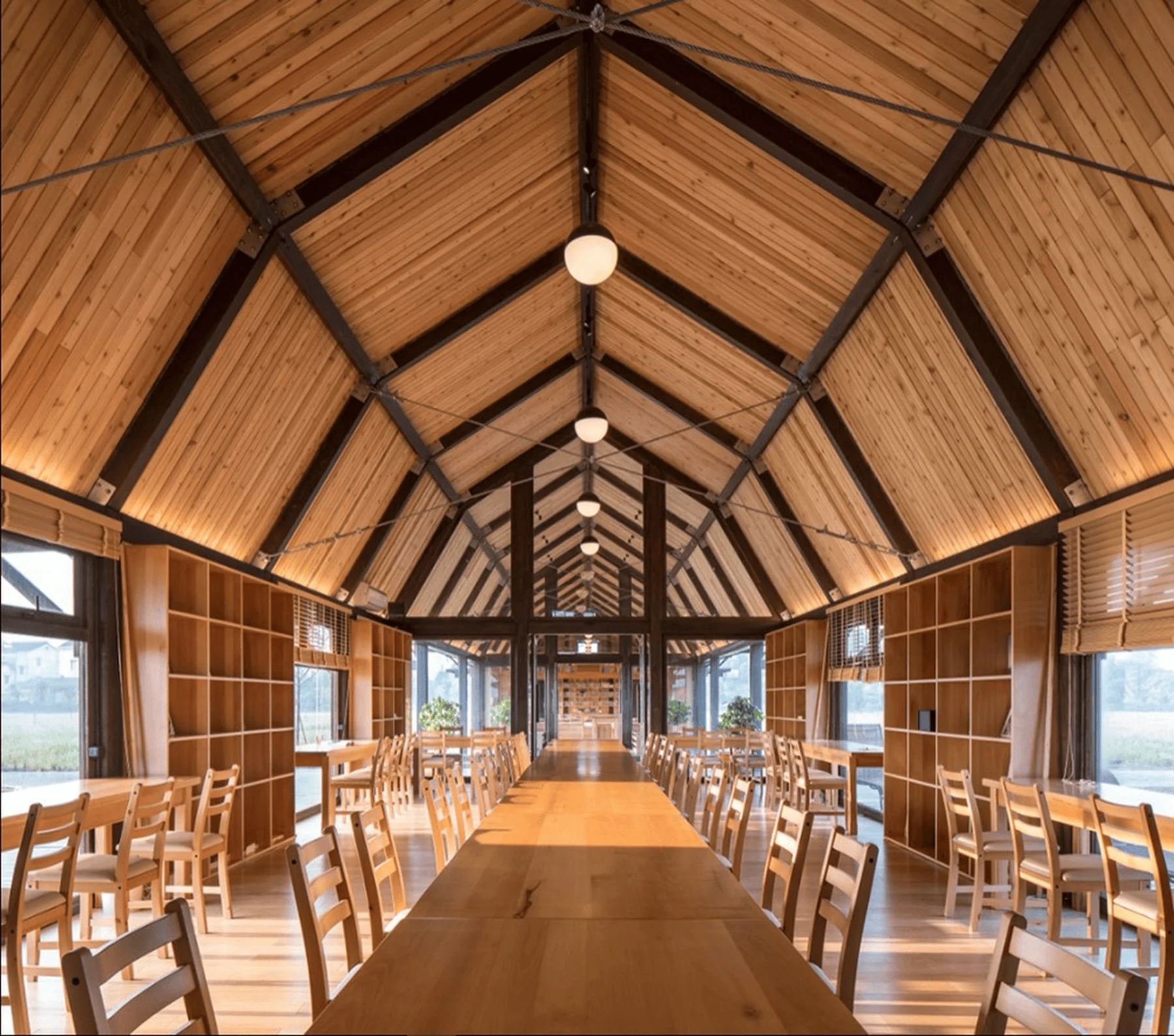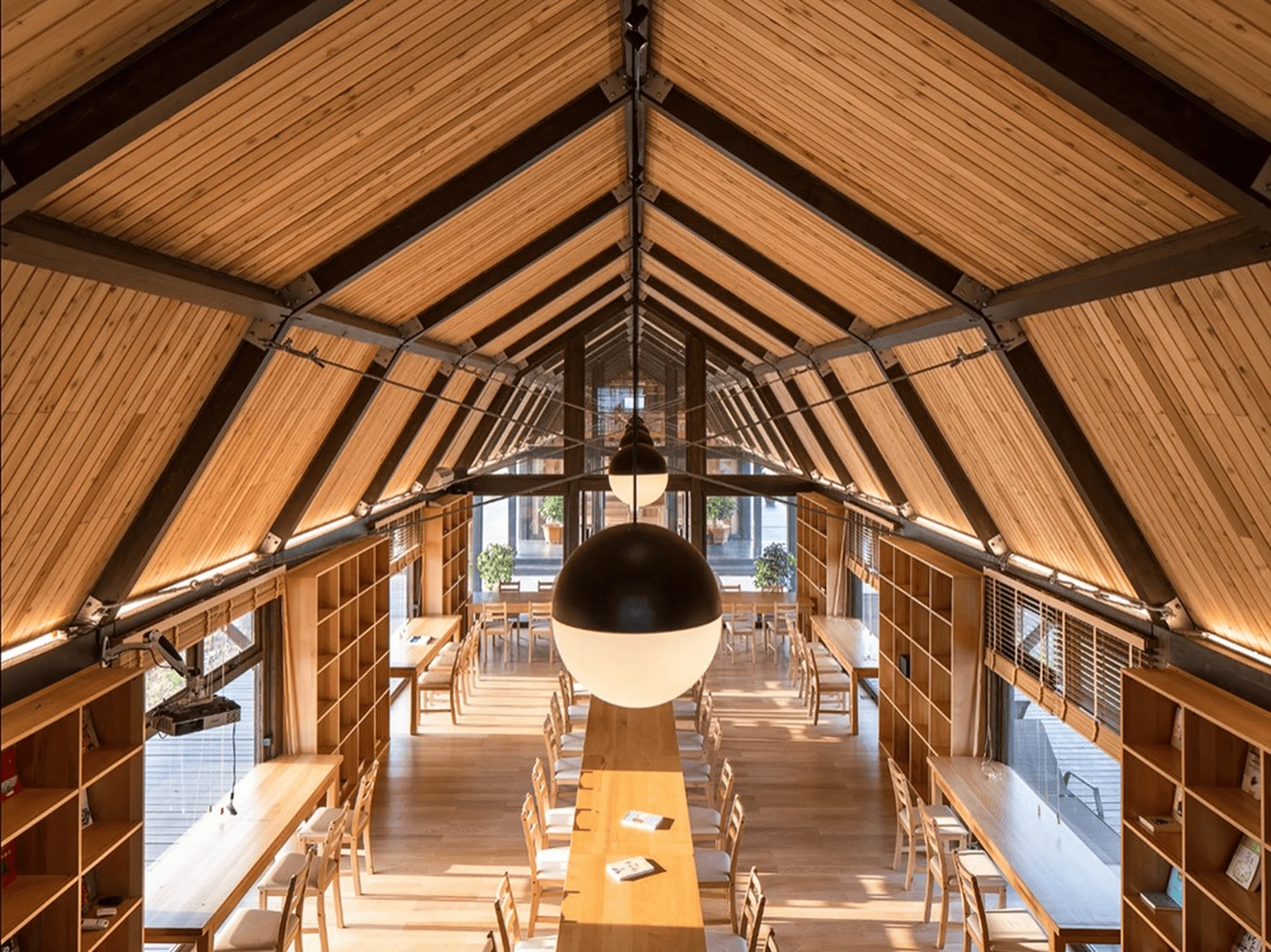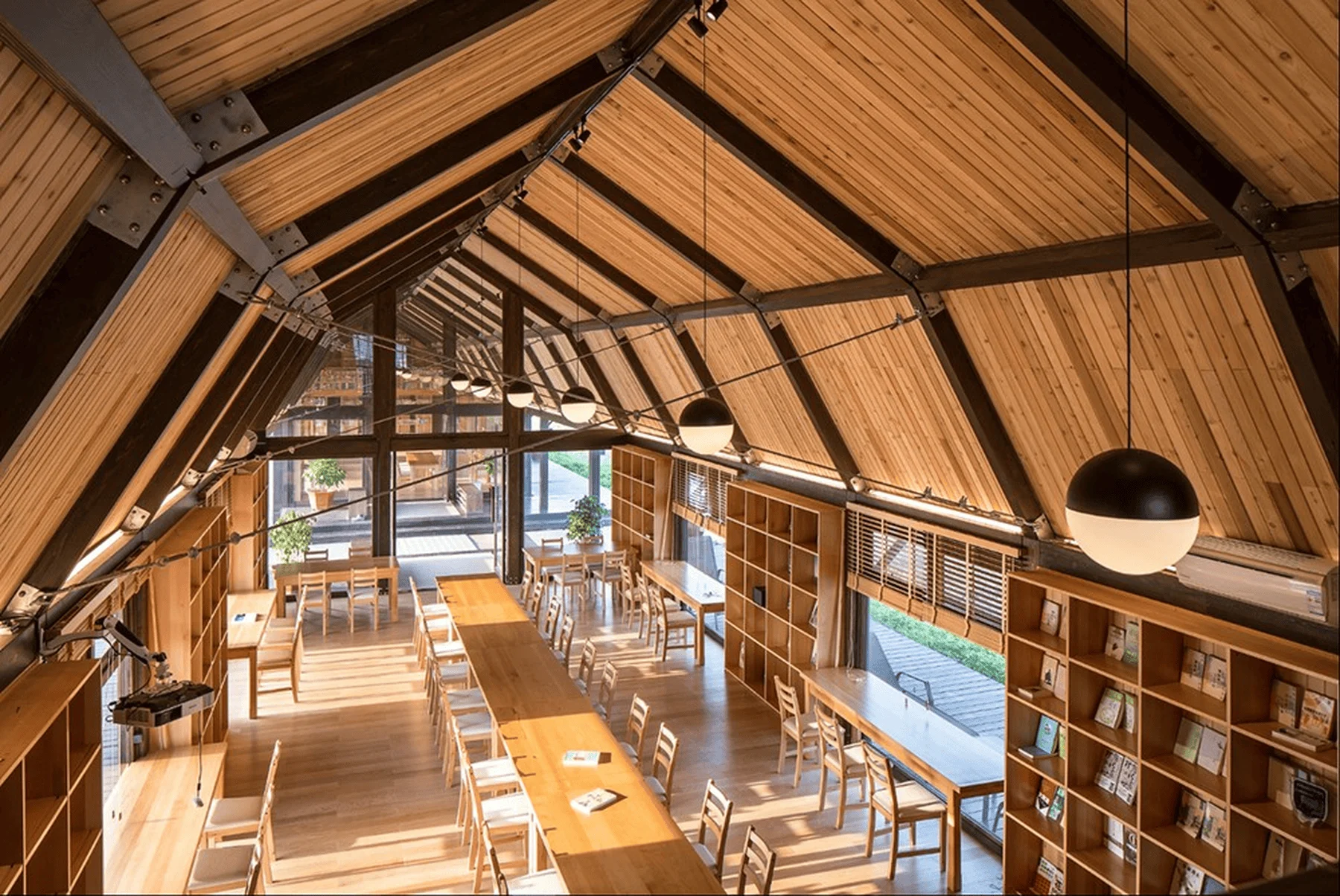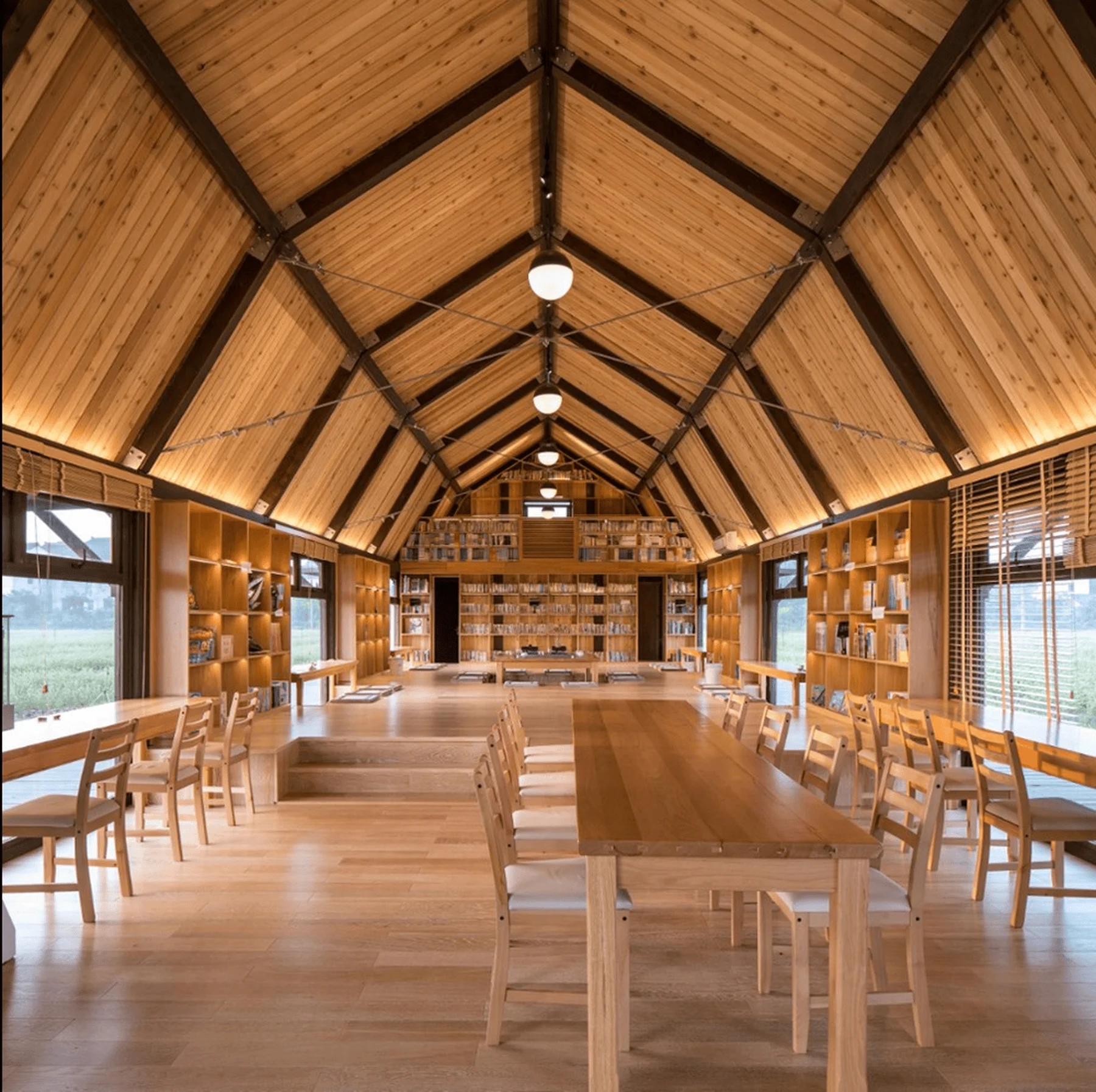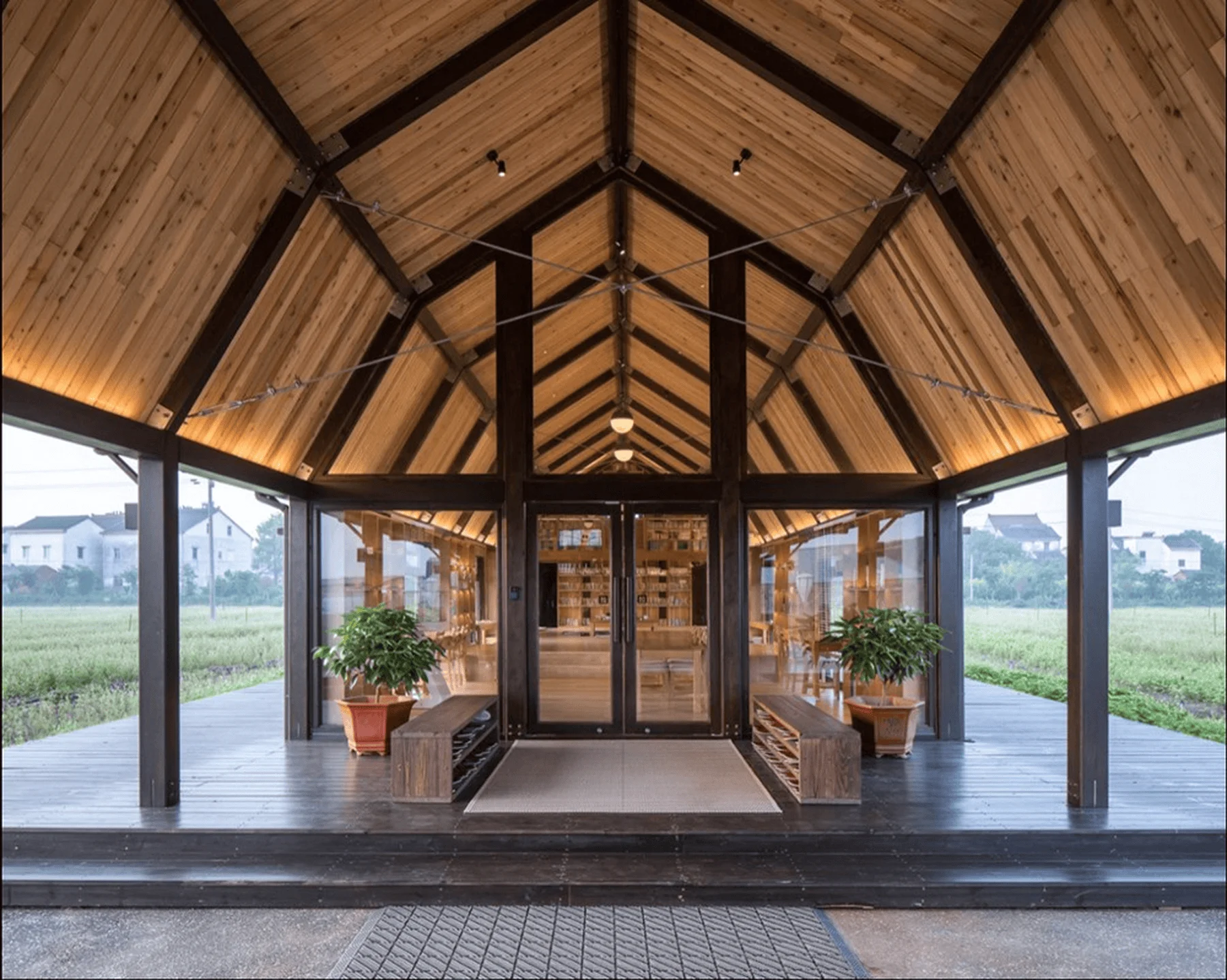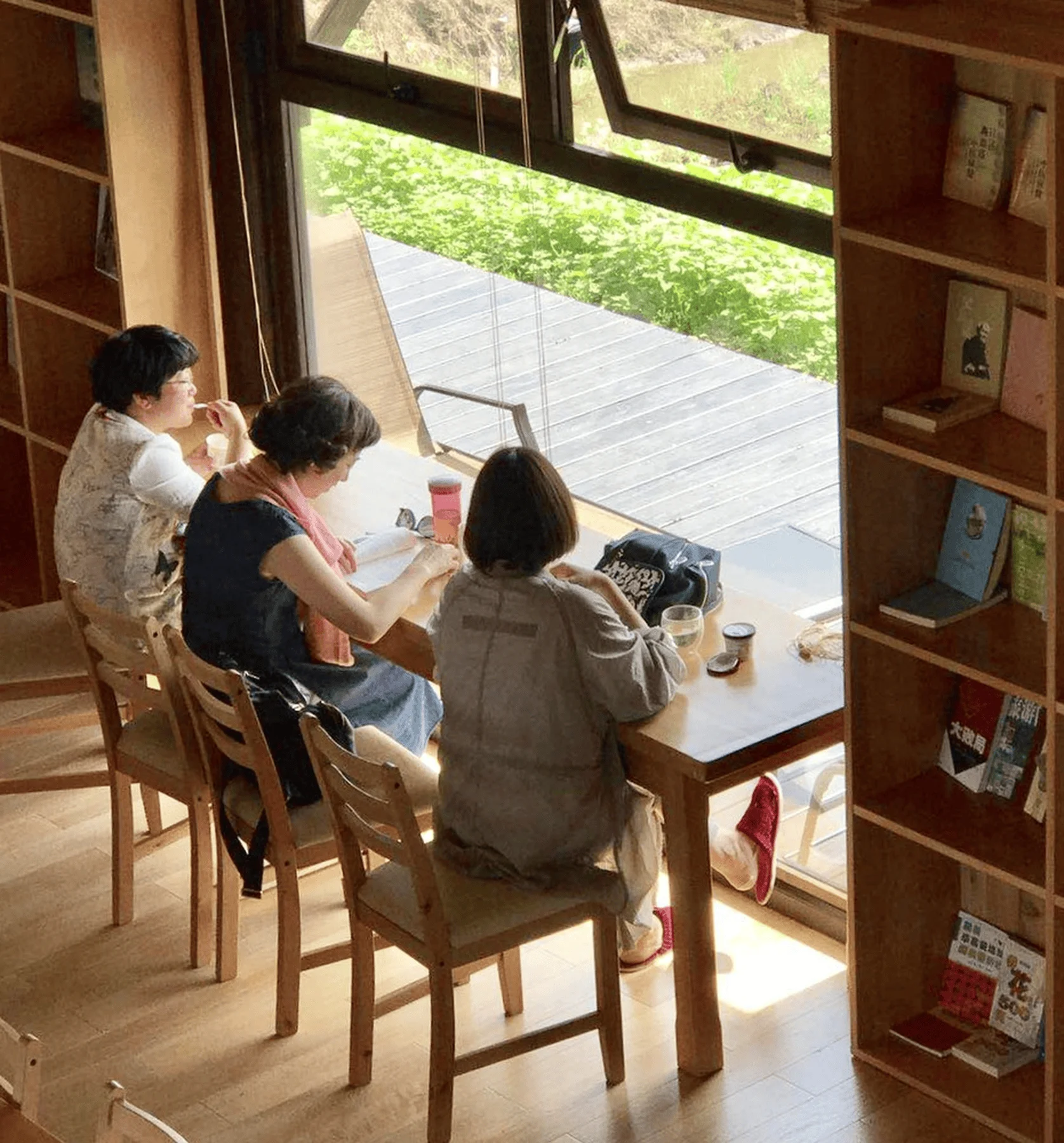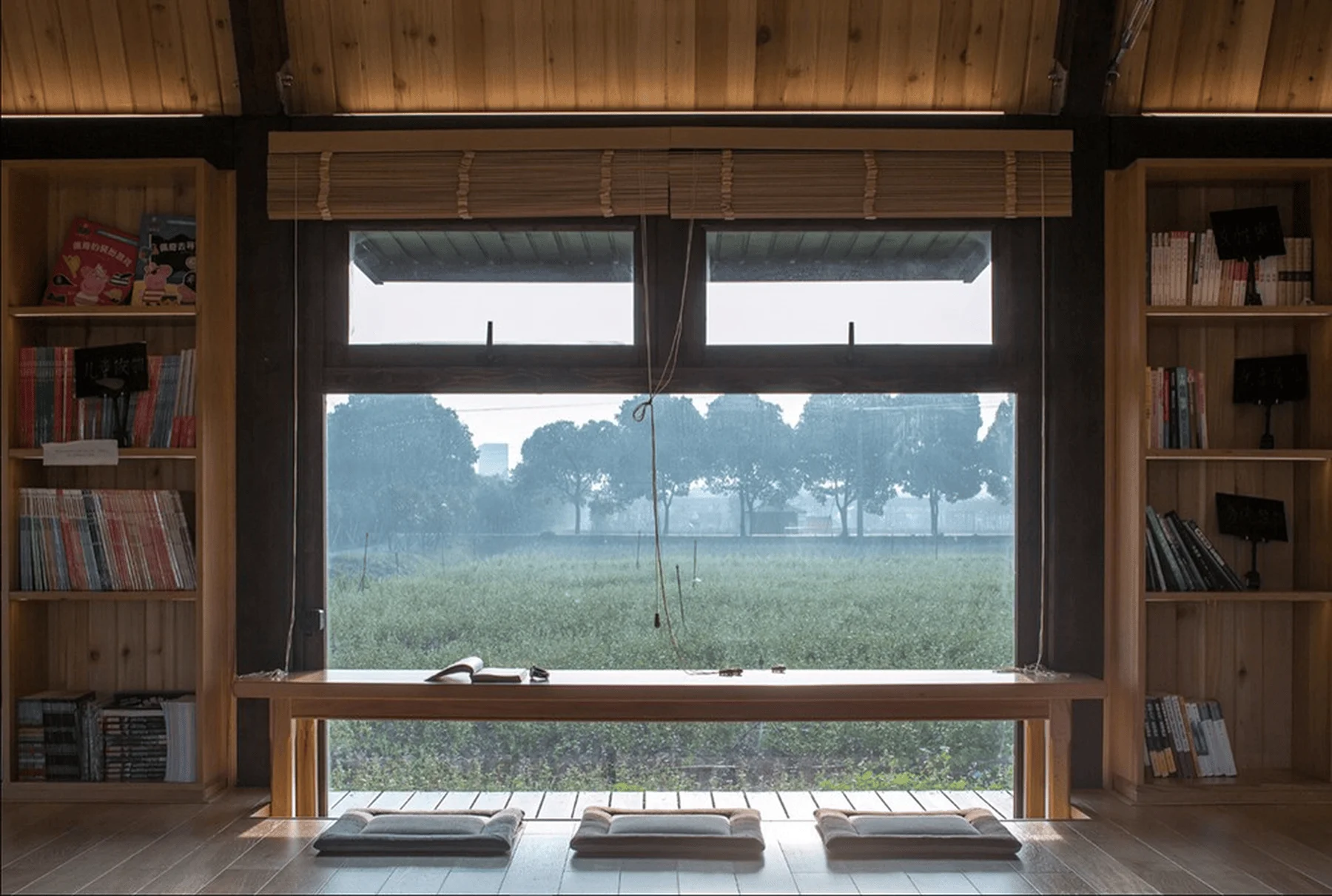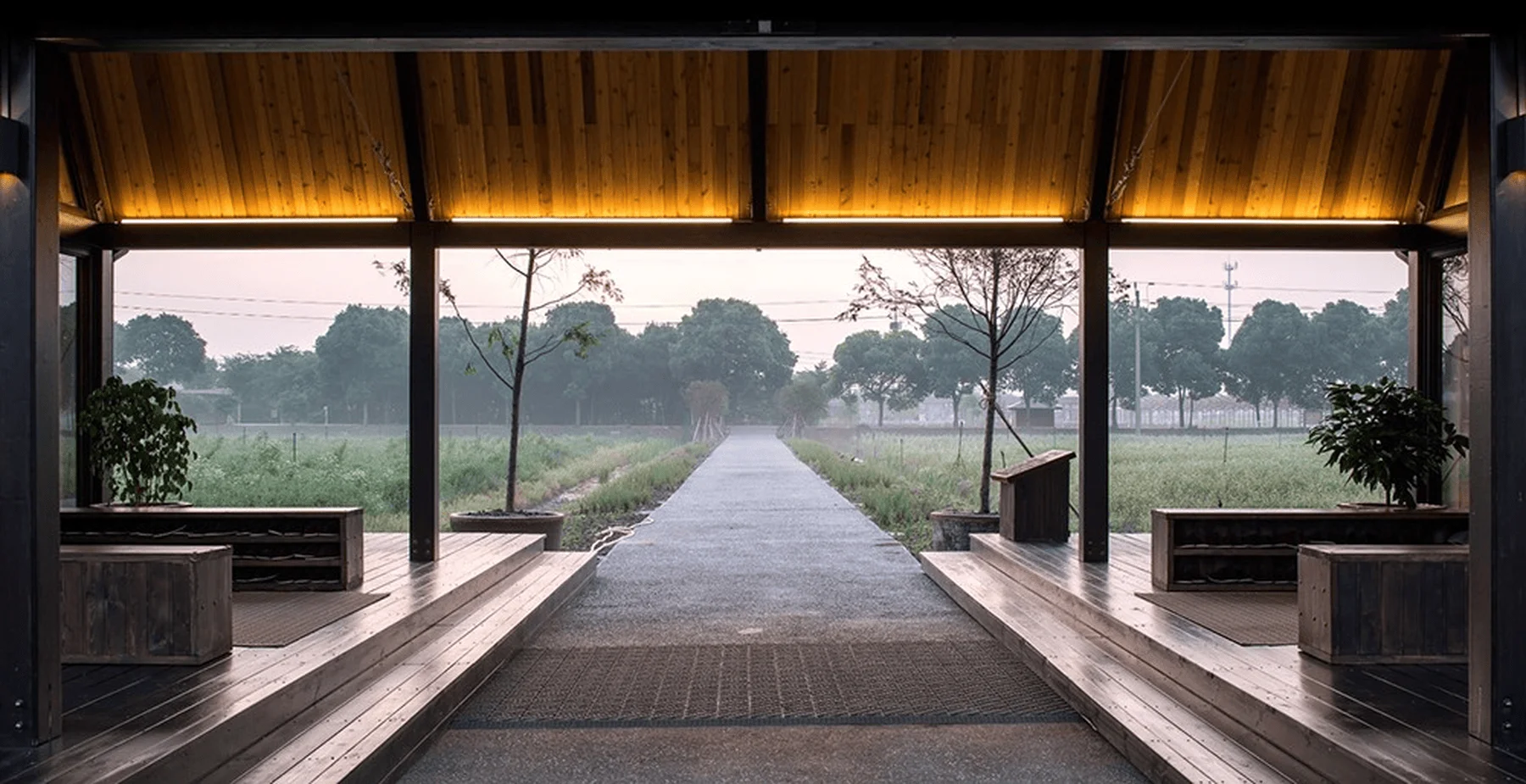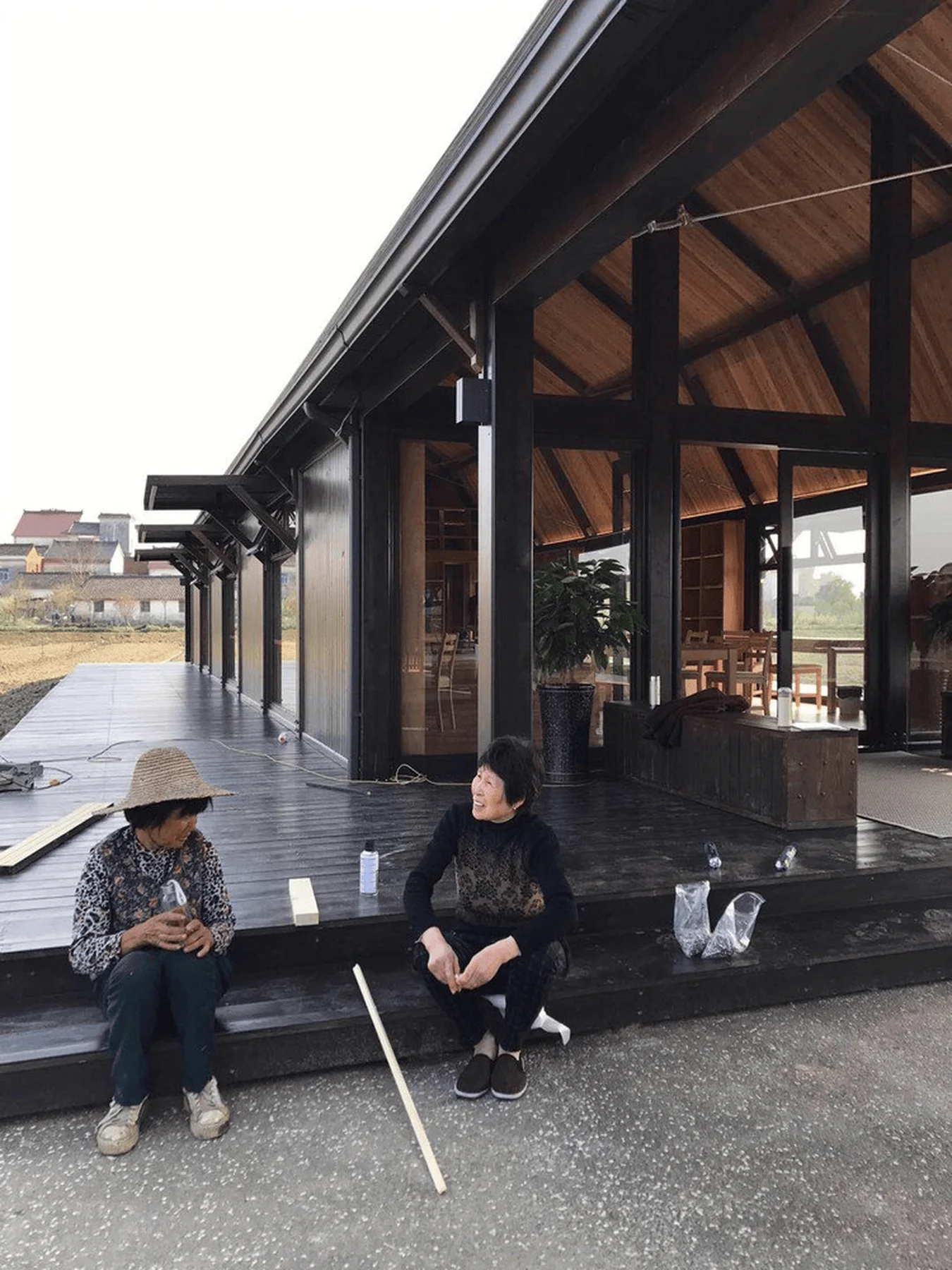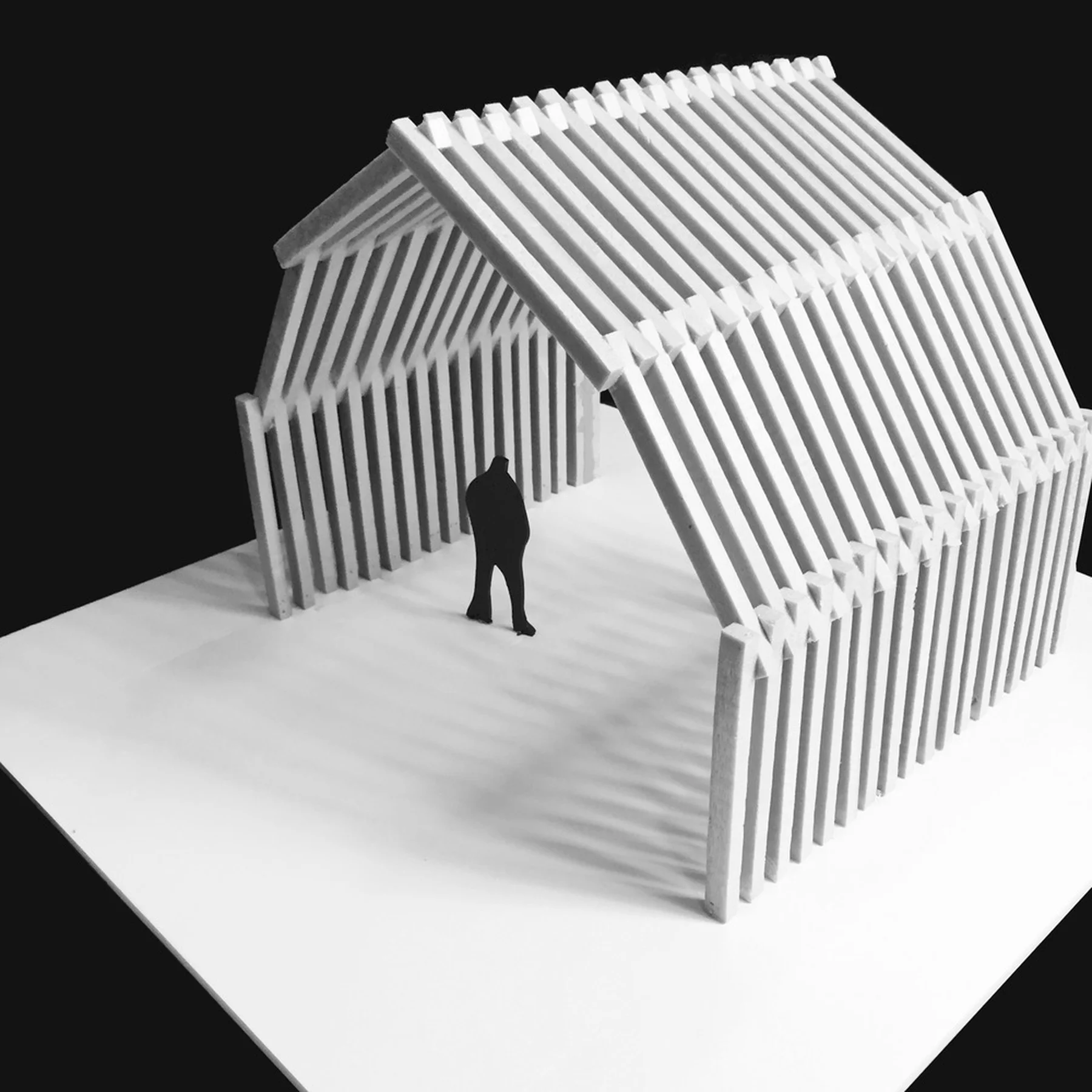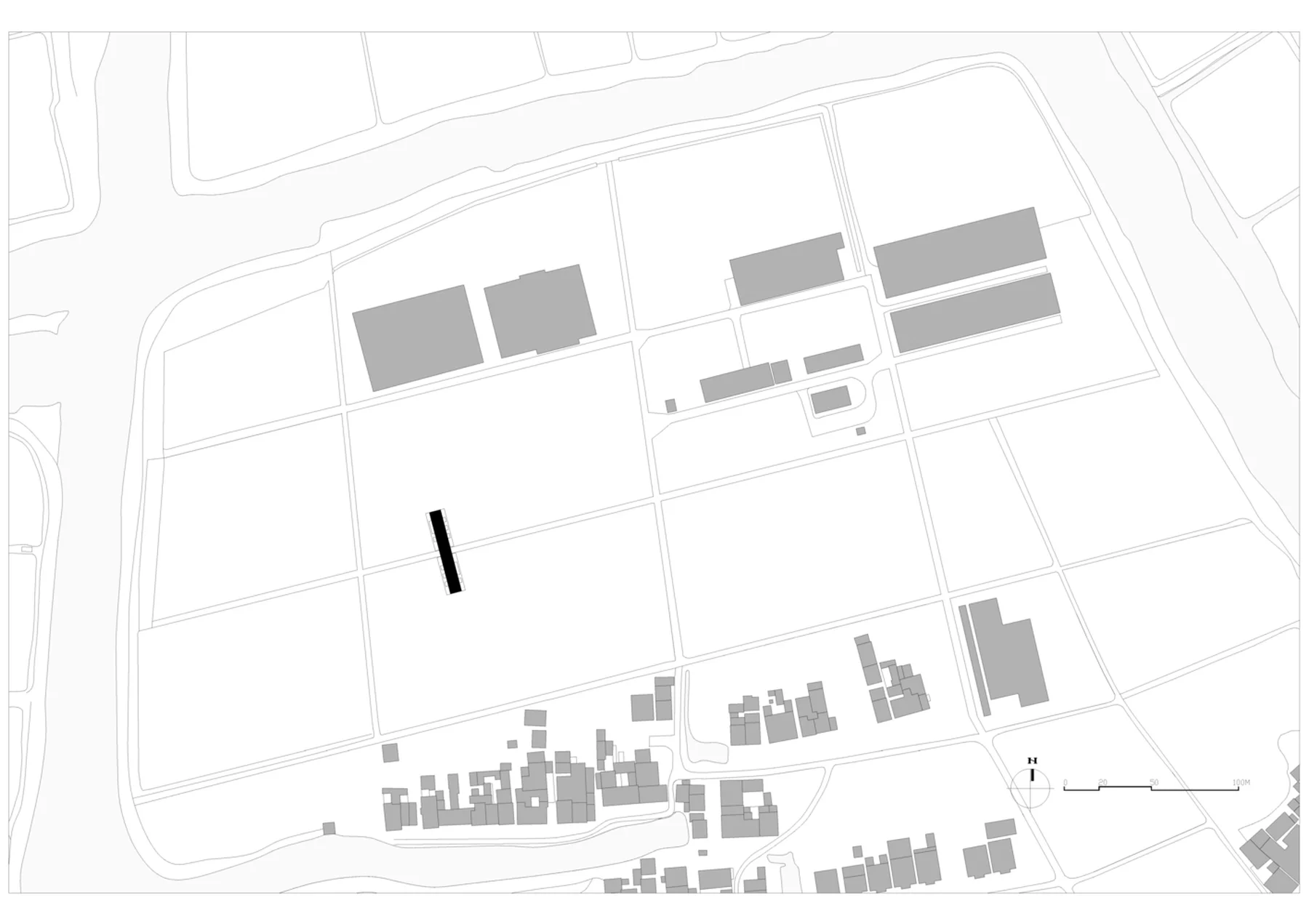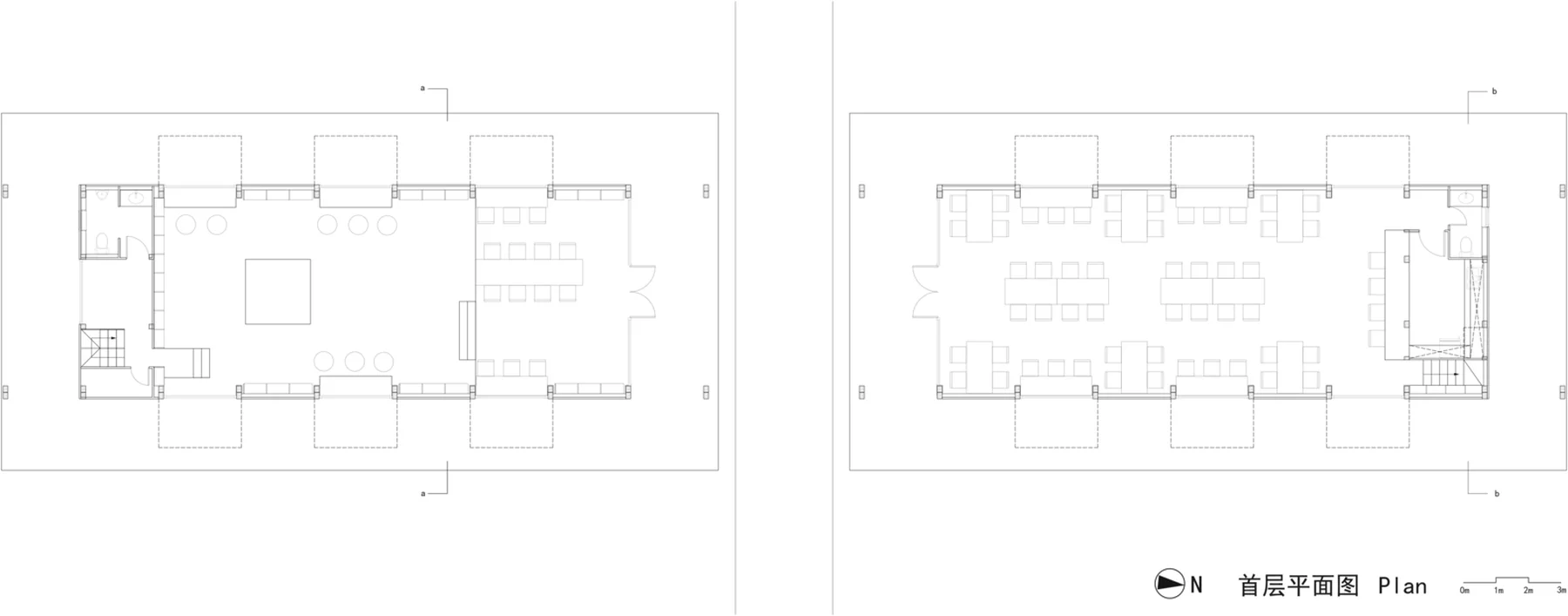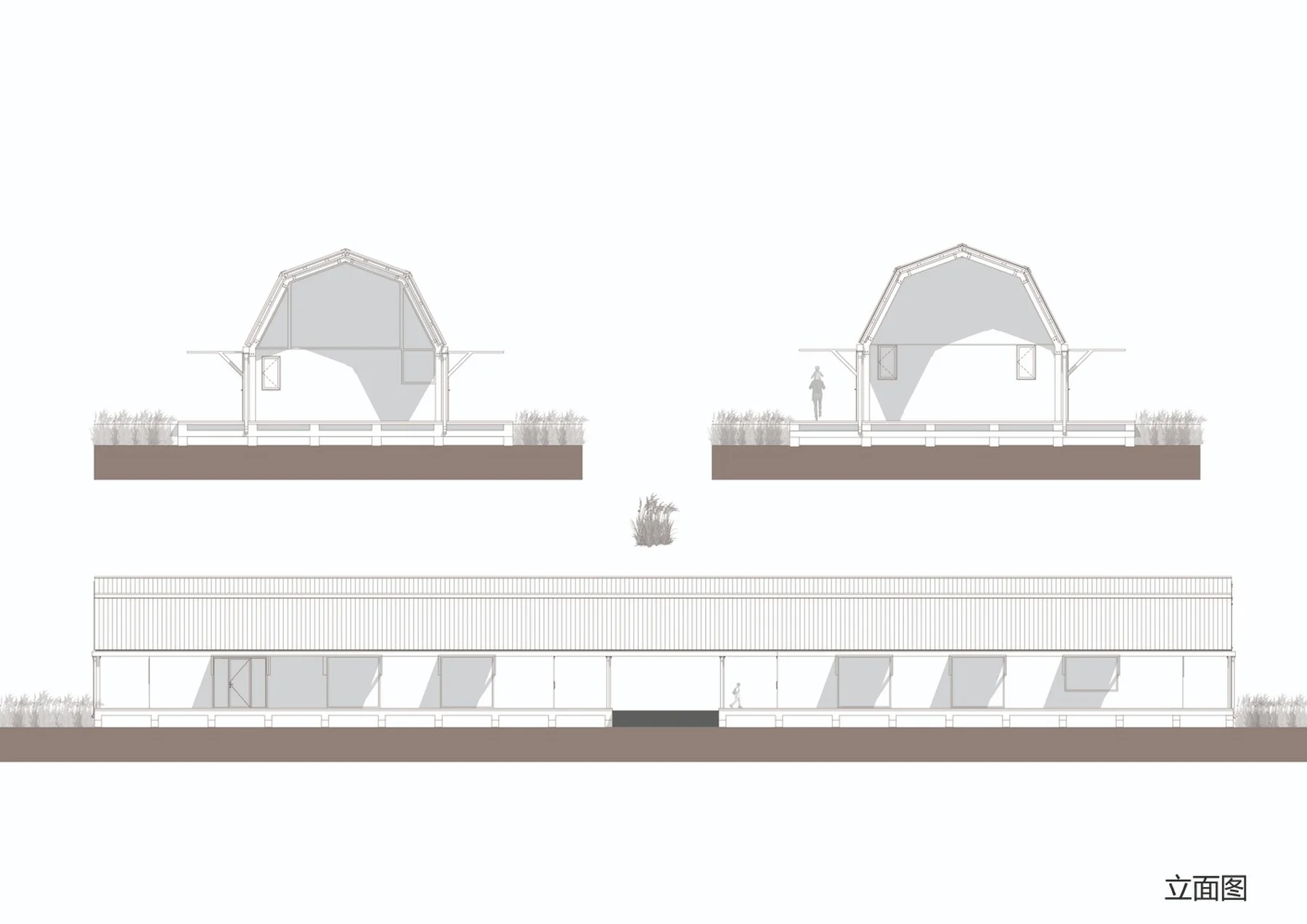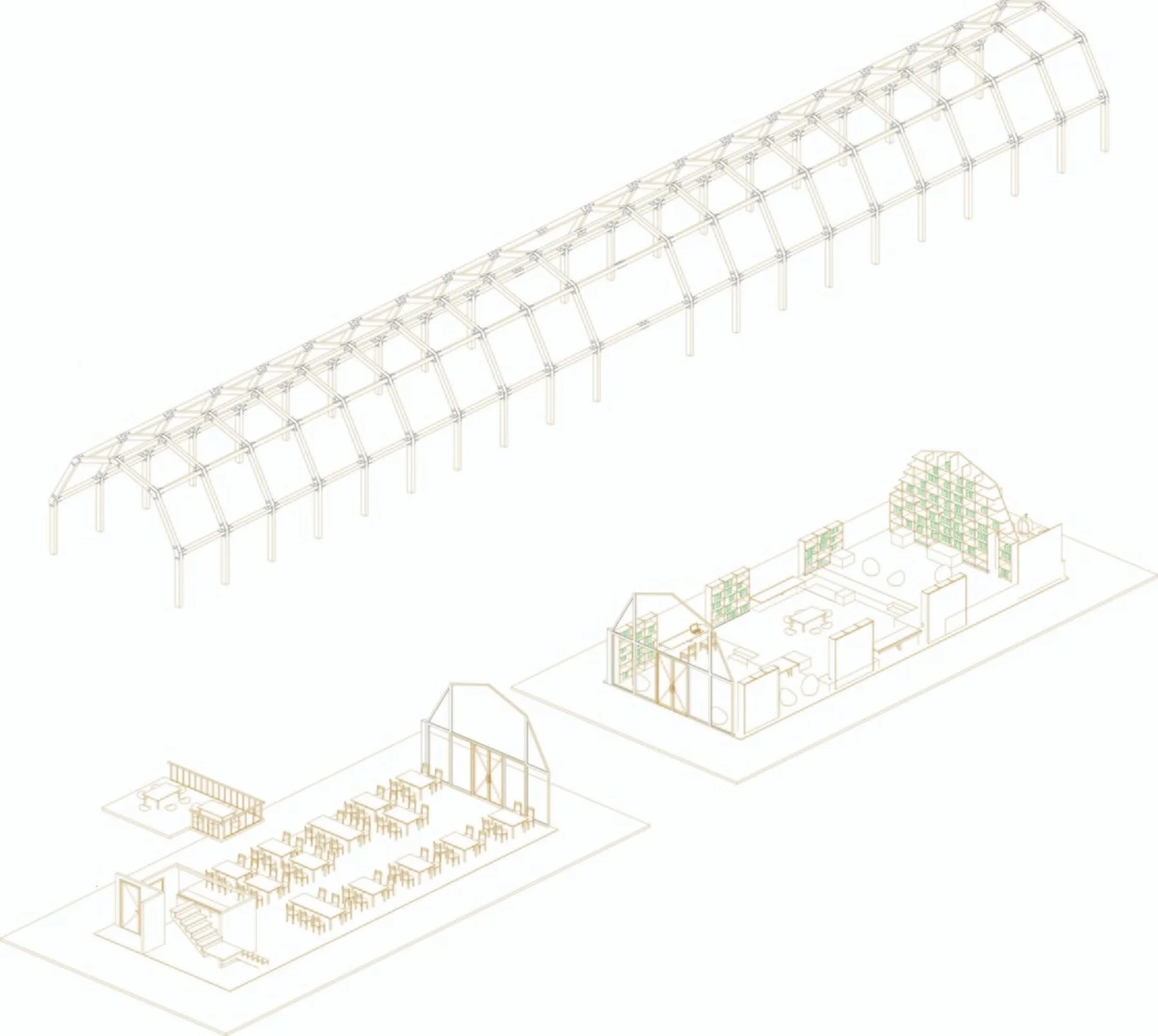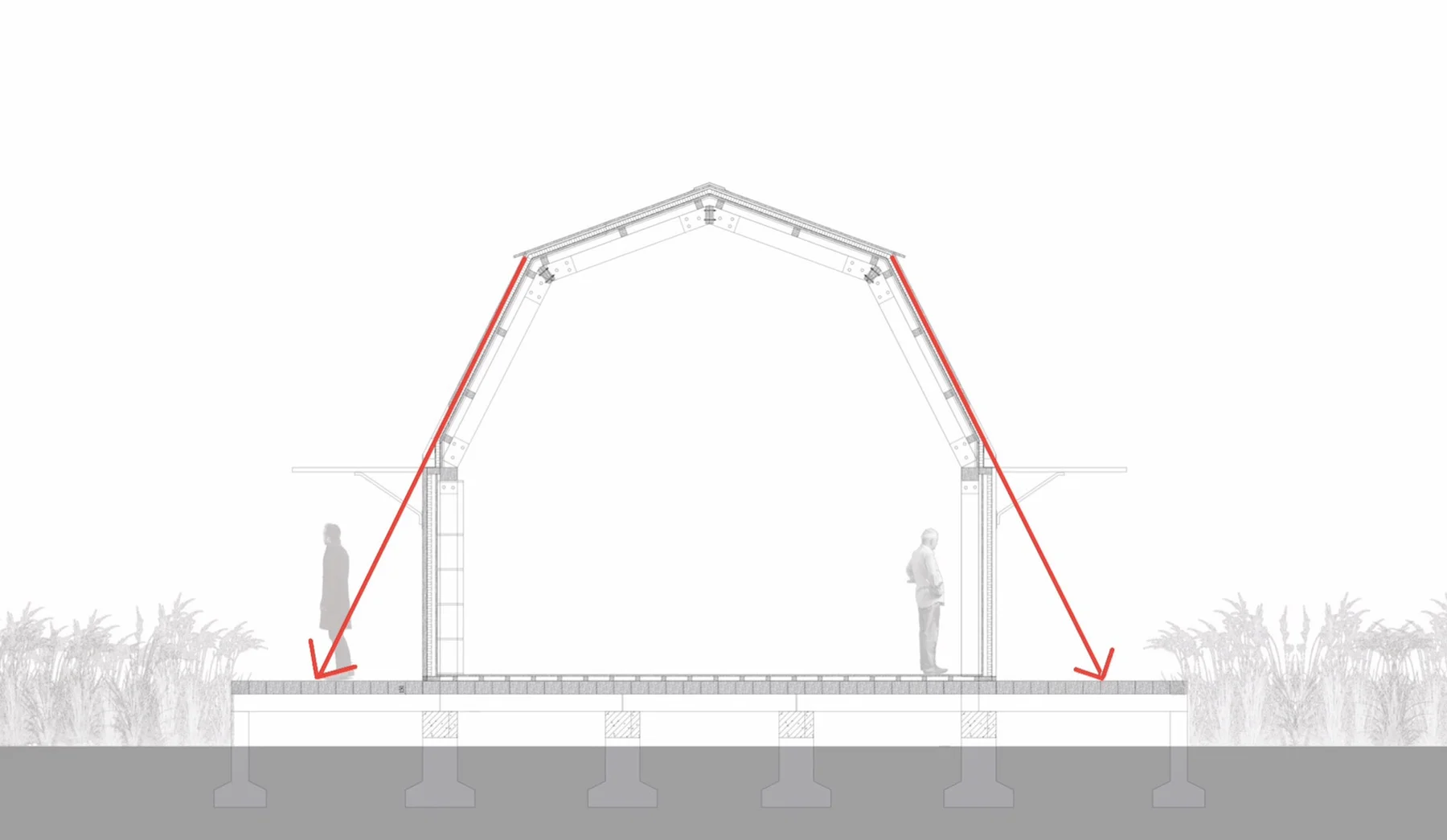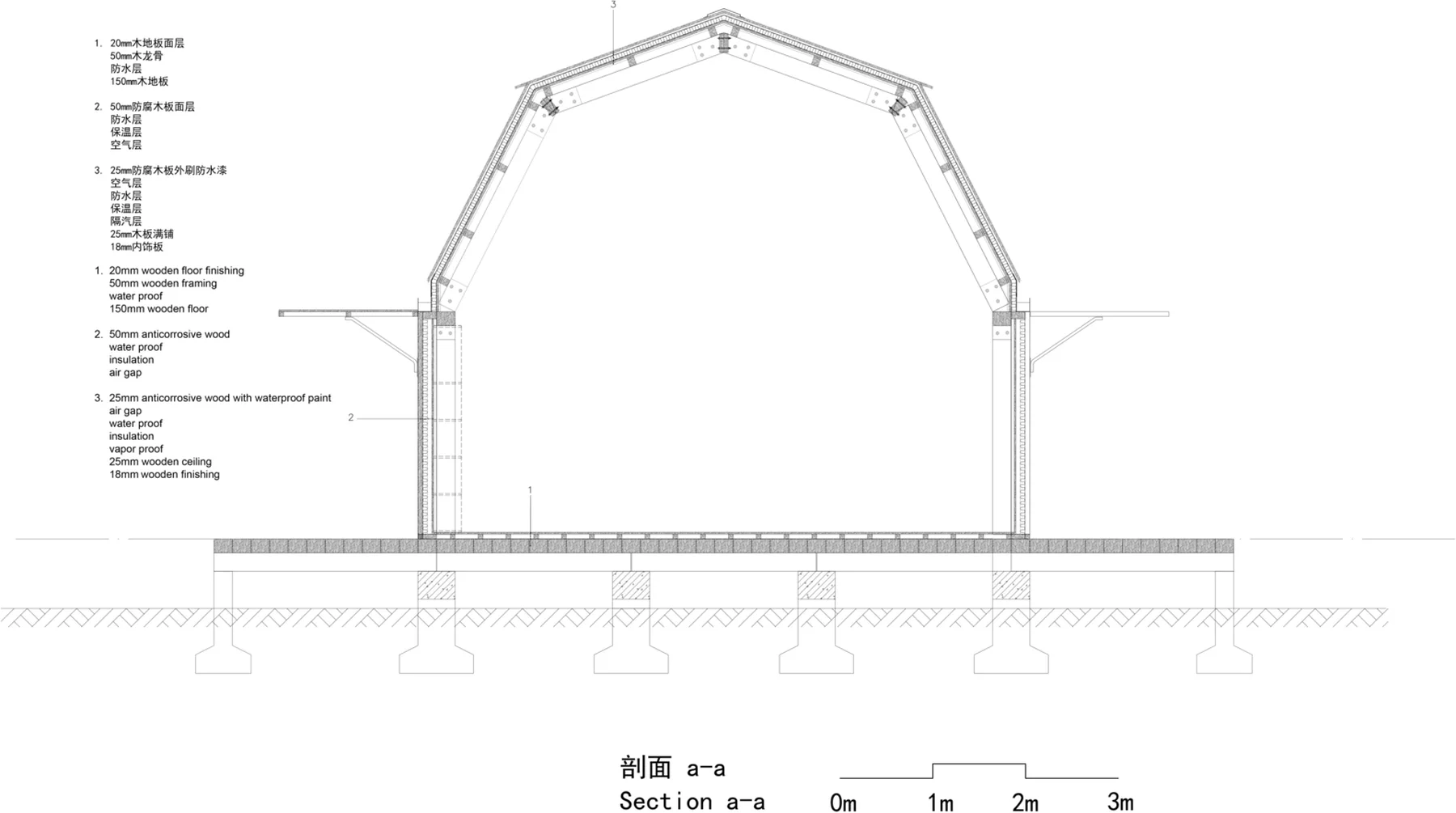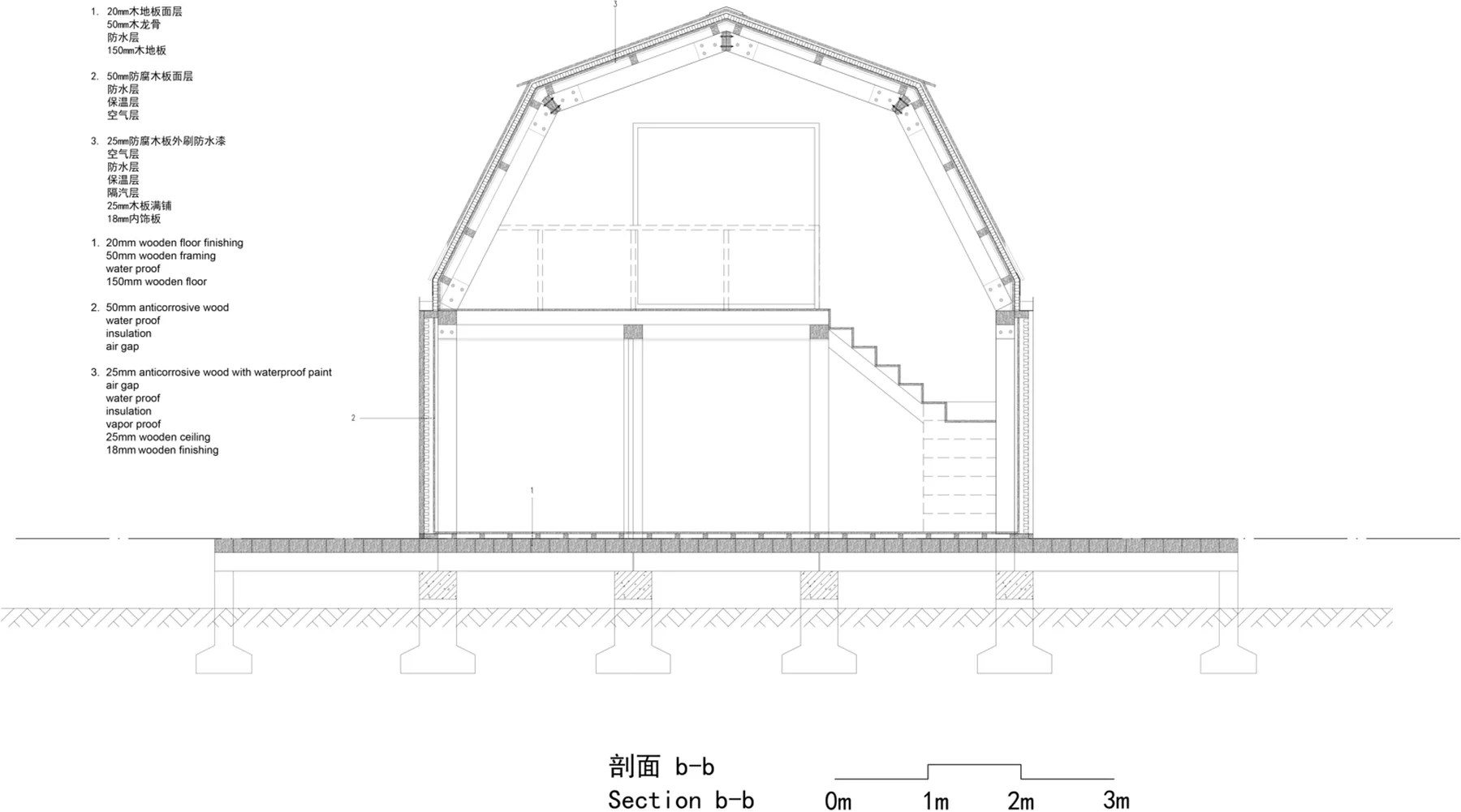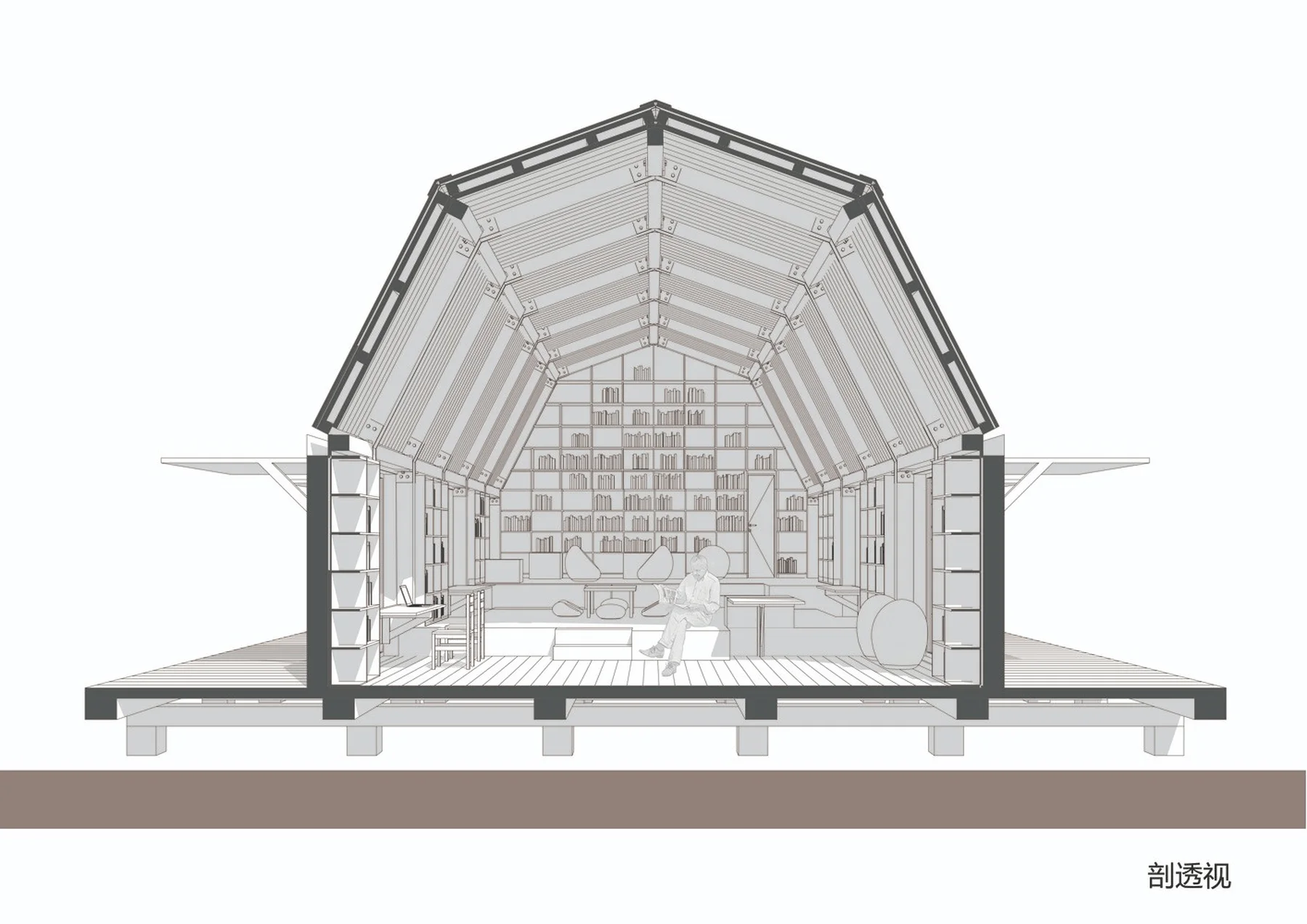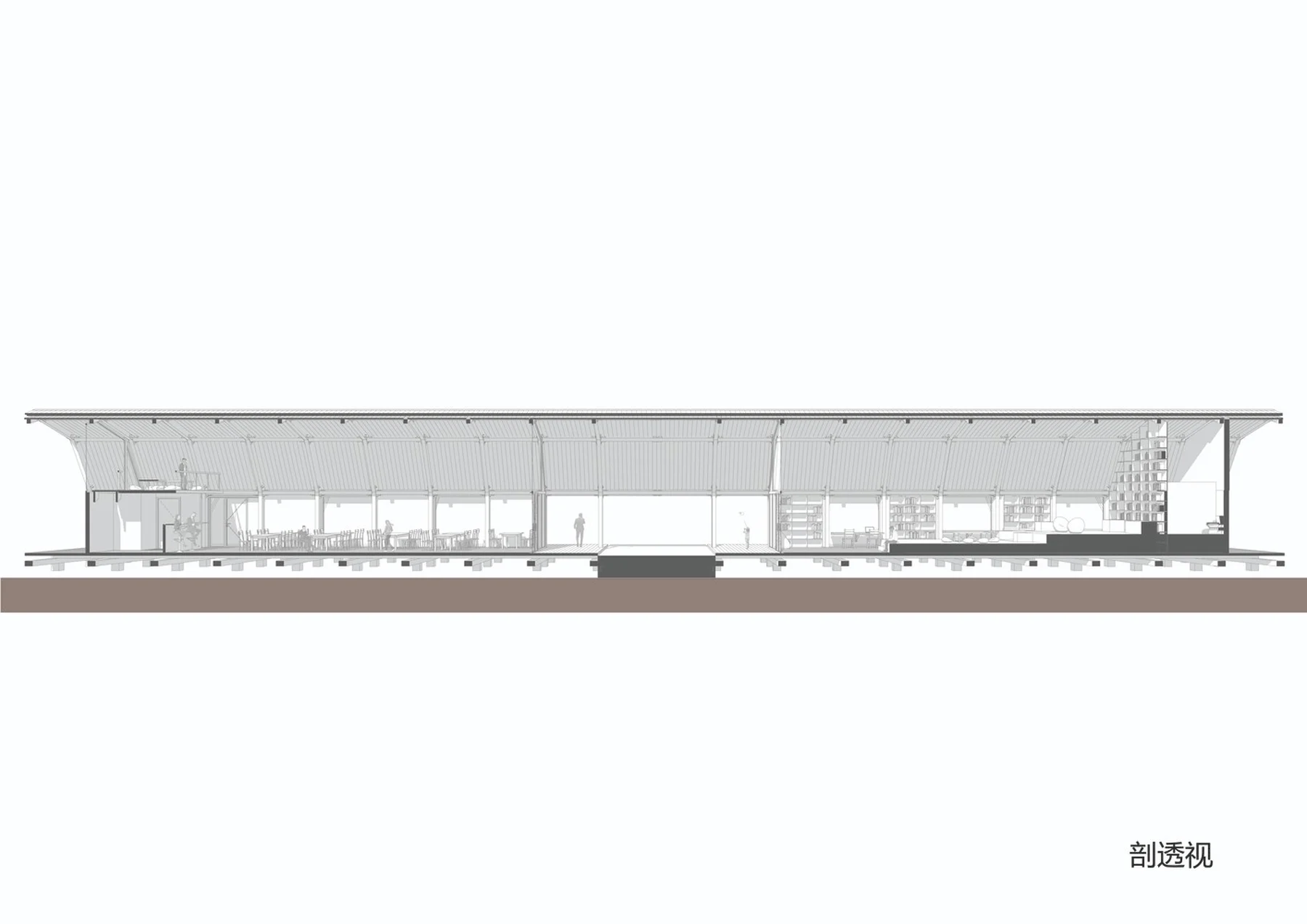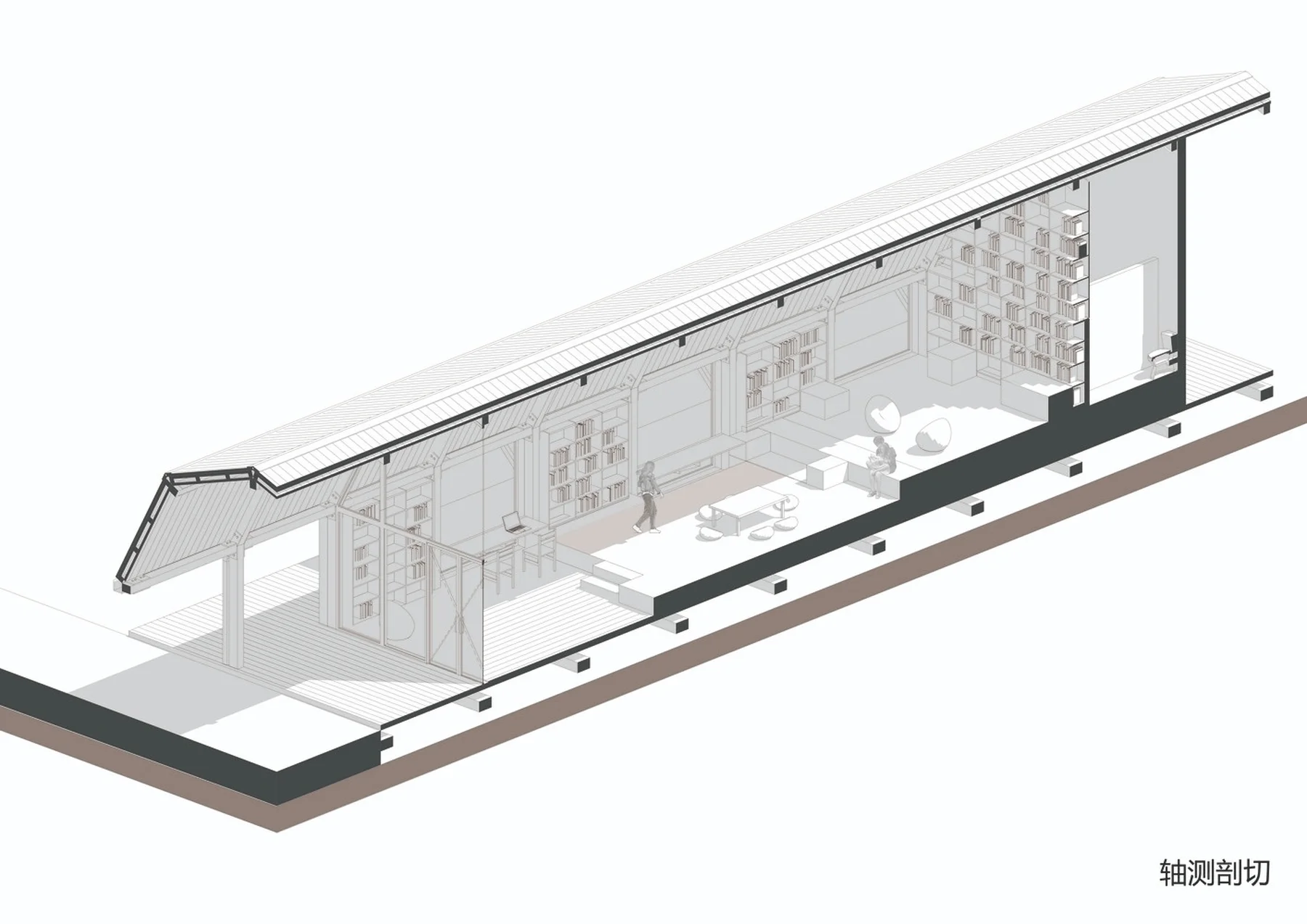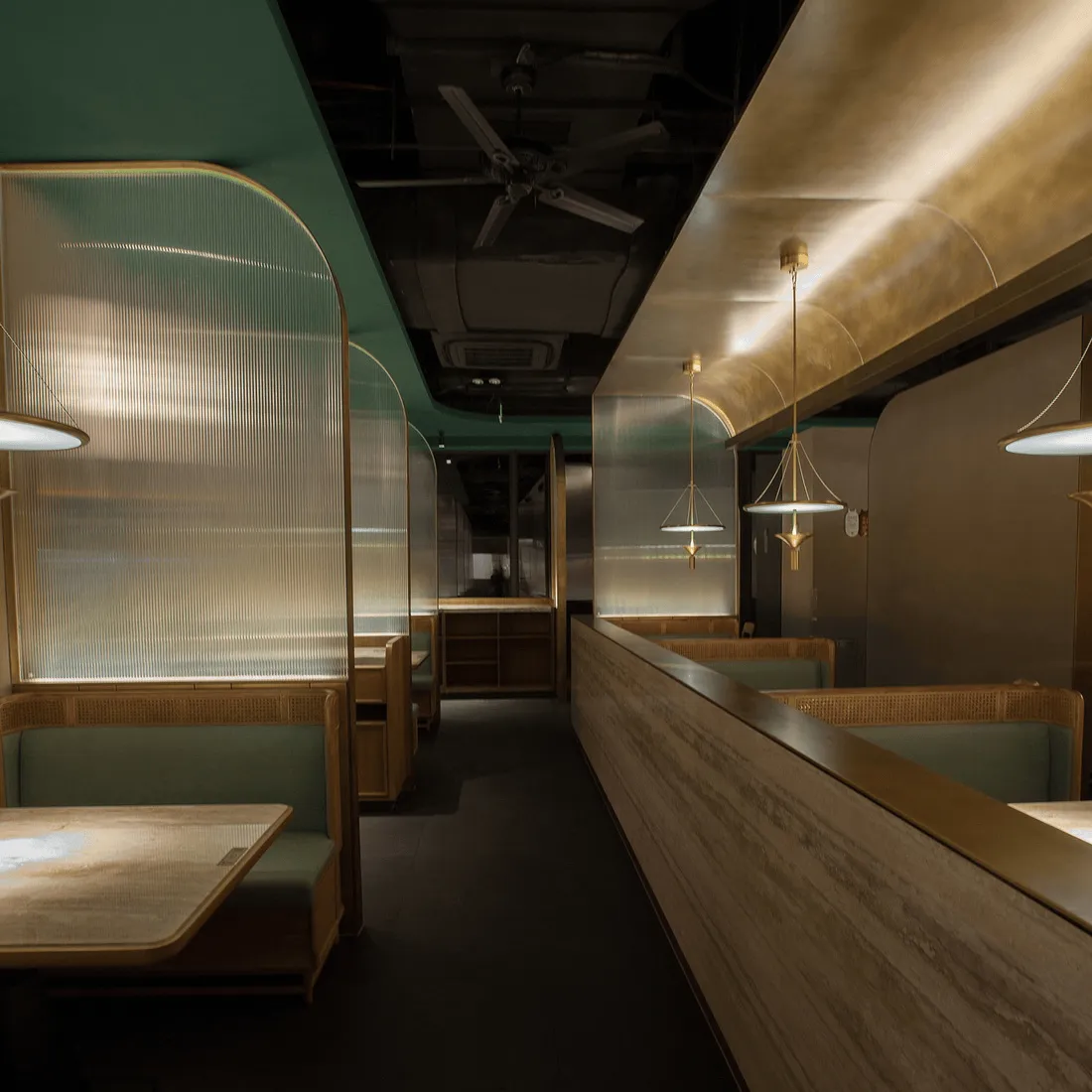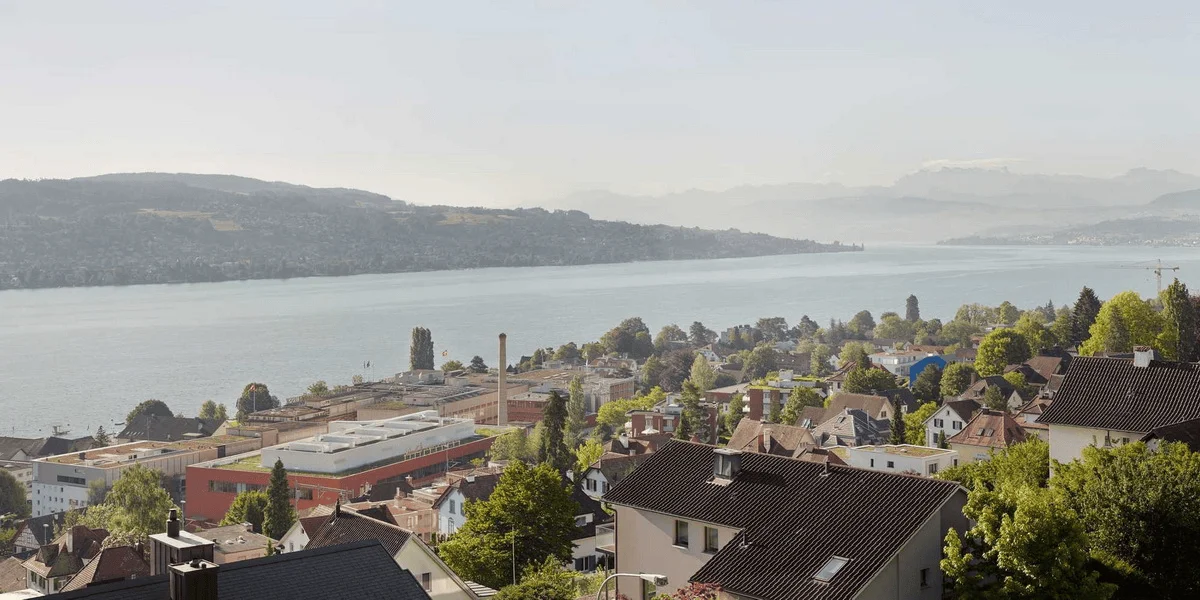In a world where many buildings are designed to be aesthetically pleasing, resembling sweet treats, and appearing flawless in photographs, Yi Kao Architecture’s Field of Dreams Library in Tongxiang, China, takes a different approach. The library, designed with a focus on experience over form, embodies the philosophy of ‘design is not just about aesthetics’. The project embraces a rustic charm and prioritizes the user’s experience. Yi Kao, the architect, explained that he sought to create a space that felt authentic and unrefined, like a ‘baked sweet potato.’ The exterior is rough and unpolished, but once you enter, you’re greeted with a warm, inviting space. This approach is reflected in the use of materials and design. The library features salvaged wooden beams, a natural red cedar interior, and a design that emphasizes the connection between the building and its surroundings. The library’s size is intentionally kept modest, measuring just 200 square meters. The architect utilized salvaged wooden beams, measuring 160x220x2400 mm, to create a unique structure. The initial design involved a five-beam arch-shaped space, but due to cost and practicality, the structure was redesigned into a conventional framework. This shift in design allowed the architect to focus on the experience of the user, prioritizing accessibility and comfort over visual spectacle. The library’s interior is designed to be a haven for readers, with bookshelves situated at a height that allows easy access to the books. The library’s unique atmosphere is further enhanced by the use of natural red cedar wood, which fills the space with a warm, woodsy scent. The architect aimed to create a space that allows for quiet contemplation and provides a connection to the natural world. The library is located in a rural setting, with large windows that offer views of the surrounding fields. The design concept was inspired by the architect’s childhood memories of his village school, where he often daydreamed while gazing out the windows at the surrounding fields. This connection to nature is a recurring theme in the design, with the library serving as a place for both reading and respite. The library is designed to be accessible to all, including workers who toil in the surrounding fields. It serves as a place to rest, enjoy a drink, and simply escape the daily grind. The architect notes that the library’s design is a reflection of his own personal values and a tribute to his childhood memories. While the project is successful in realizing many of the architect’s initial goals, there were some challenges that arose during the construction phase. The architect initially intended to use the salvaged wooden beams as the primary structural elements, but the presence of nails and asphalt within the beams posed a problem. The cost and difficulty of working with these beams led to the architect’s decision to switch to a more conventional wooden frame. Another challenge encountered was the need to add support cables to the interior of the library. The structural engineers’ calculations did not account for the side thrust of the arched roof structure, leading to the addition of cables to prevent the roof from collapsing. However, the architect found that the cables added a level of complexity to the interior space, which he deemed a positive outcome. This experience led to the development of a new design concept, which involves extending the beams from the arched roof to create slanted columns that would counteract the thrust from the roof. This concept would be applied to the design of a small chapel in Zunyi, China, which is currently in the planning stages. Ultimately, the Field of Dreams Library is a testament to Yi Kao’s philosophy of design, which prioritizes experience over form. The library serves as a reminder that true beauty can be found in the simple things, and that sometimes the most profound experiences are those that are least expected.
Project Information:



